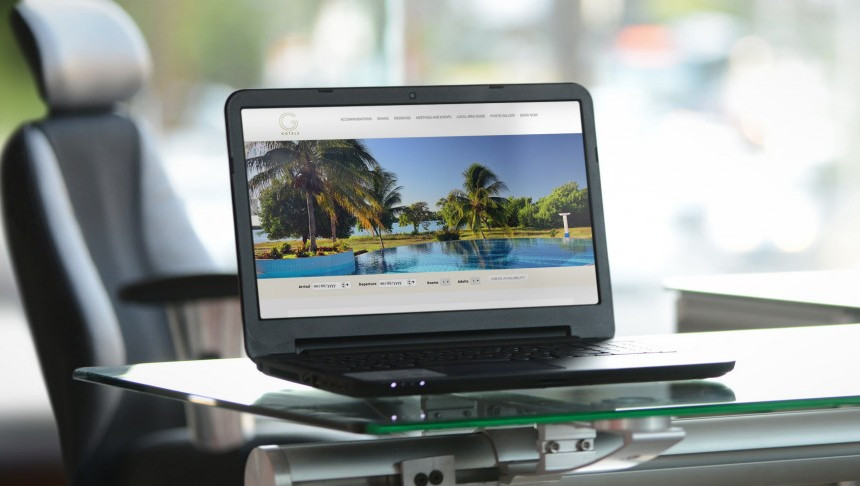
NB: This is an article by Catlyn Origitano, Content Marketing Manager at Sojern
According to Adobe, 82% of US summer travelers plan on staying domestic. With domestic flight prices down 6.6% year over year, and lower gas prices, American travelers have lots of spending power. Canada joins the US in a love of travel—spending an estimated 11.4 billion on domestic travel alone.
Reaching and converting these high flyers—and spenders—is important for any tourism or travel marketer. But, first you need to understand their planning and searching patterns to ensure that your campaigns are timely and relevant. Our 2016 North American Travel Trend Report has all of the insights you need to do just that. Here’s a quick peek into some of the insights and how you can use them to improve your marketing campaigns:
1. The average searched trip duration for US travelers is 7 days, while for Canada it’s 11 days.Canadian employees are entitled to two weeks of paid time off every year in all provinces except Saskatchewan, where employees get three weeks. Canadian employees get an additional 6-10 paid public holidays as well. Canadians seem to be spending these days off traveling, while their US counterparts, who have no legally required paid holidays, enjoy shorter trips on average.
Knowing the average search trip duration for each region can help you plan your marketing campaigns: offering 12 night free deals to US travelers isn’t going to be as effective as doing the same for Canadians, for instance.
2. But, not all US states plan the same. Georgia and Florida, for instance, are two of the US’ latest planners, searching an average of 52 days out. California on the other hand, averages 65 lead time for their trip searches. Understanding that each state is different, and treating them accordingly, will make your travel marketing efforts strategic and timely.
3. The fastest rising international destinations include Cuba and Iceland. Cuba is seeing a 50% increase in US travel, and a 67% increase in Canadian travel from last year to this year. Iceland is also up 50% in US interest and 37% for Canadian travelers.
Knowing the emerging markets means if you’re a marketer in that area, you can get a big bang for your buck—ride the rising tide of interest with more ads to North American travelers. Alternatively, if your destination is losing US interest, knowing where it’s going can help you plan proactively and try to steal interest away.
4. France and Japan are on the upswing. For most popular destinations, France and Japan jumped up in ranking for popular destinations for both Canada and US. For US travelers, Japan is up three spots and France is also up three.
For Canadian travelers, Japan rose one spot while France jumped up two spots to claim the number one most popular international destination. Understanding the popular destinations and how they’ve changed over time can give you insights into what markets are hot for your destination and which are not.




